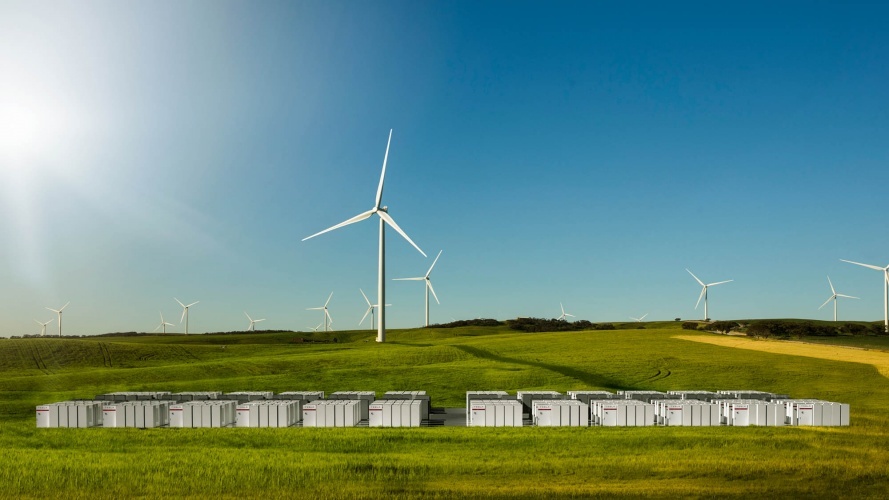
Billed as the largest lithium-ion storage project in the world, the facility uses a scaled-up version of Tesla’s Powerpack technology. The giant battery is paired with French energy provider Neoen’s nearby Hornsdale Wind Farm and will help balance the South Australian grid, as well as provide about 60 minutes of emergency power for 30,000 homes in the event of a blackout.
When the project was announced earlier in the year, Musk said Tesla would deliver it for free if it wasn’t ready within 100 days. The installation was completed just 63 days after the agreement was signed. According to South Australia’s Premier Jay Weatherill, the launch marked an important day in the state’s transition to renewable energy.
“This is history in the making,” he said. “South Australia is now leading the world in dispatchable renewable energy, delivered to homes and businesses 24/7.”
“Neoen and Tesla approached the State Government with their bold plan to deliver this project, and they have met all of their commitments, ensuring South Australia has back up power this summer.”
Recent years have seen storms and heat waves leaving residents in the region without power on numerous occasions, prompting action from the government. After a tendering process that called for grid-scale solutions, Tesla was awarded the entire storage component of the project.
“The completion of the world’s largest lithium-ion battery in record time shows that a sustainable, effective energy solution is possible,” Tesla said in a statement.
“We are proud to be part of South Australia’s renewable energy future, and hope this project provides a model for future deployments around the world. The South Australian Government should be congratulated for ensuring their energy supply is not only sustainable, but will help solve power shortages, reduce variability, and manage summertime peak load.”




Poll: Should the UK’s railways be renationalised?
Presumably the political fallout would be that the rail users would complain that they were being taxed unfairly to subsidise the people going about...